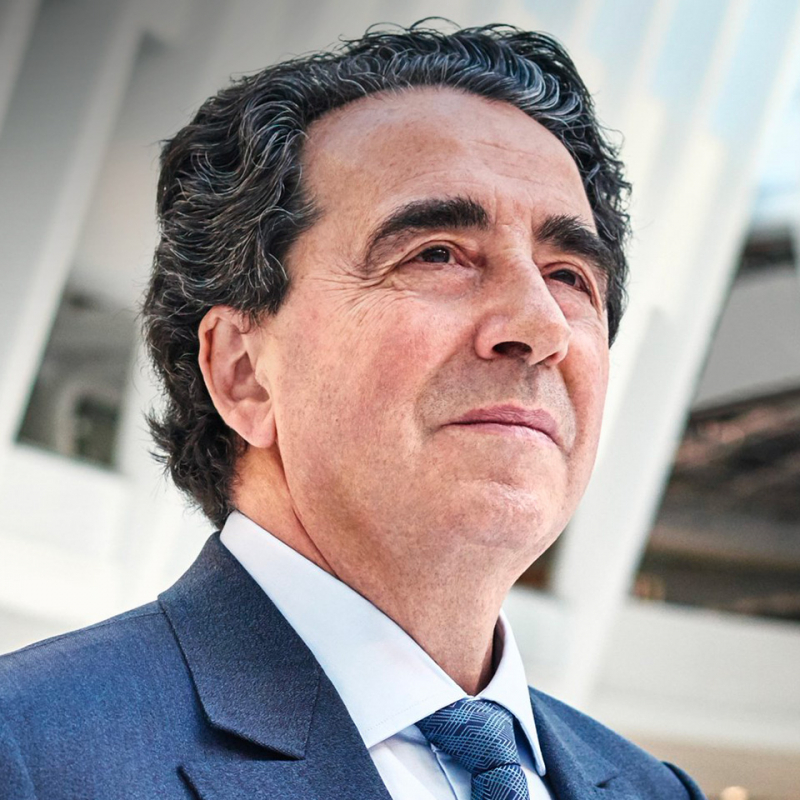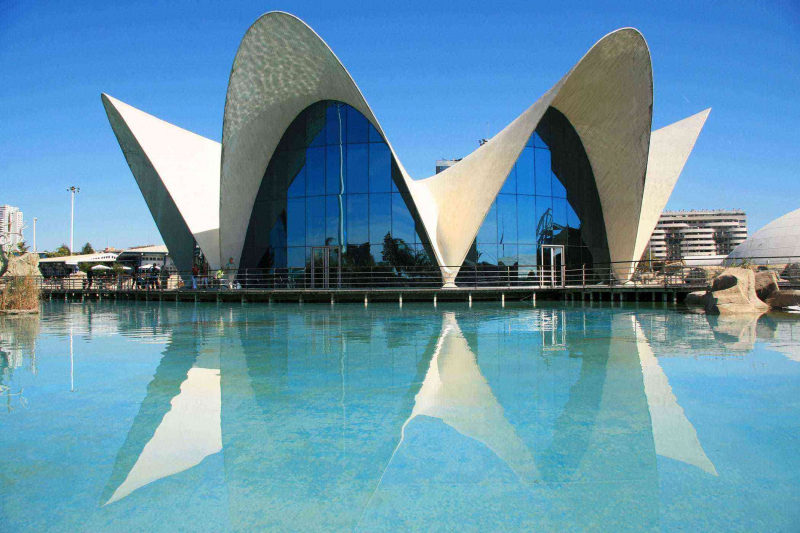Santiago Calatrava
Santiago Calatrava Valls is a Spanish architect, structural engineer, sculptor, and painter. He is most known for his single-leaning pylon bridges, as well as his sculptural designs for museums, stadiums, and train stations, many of which have the appearance of living things. The Olympic Sports Complex in Athens, the Milwaukee Art Museum, the Turning Torso tower in Malmö, Sweden, the World Trade Center Transportation Hub in New York City, the Auditorio de Tenerife in Santa Cruz de Tenerife, the Margaret Hunt Hill Bridge in Dallas, Texas, and his largest project, the City of Arts and Sciences and Opera House in Valencia, where he was born, are some of his most well-known creations. His architecture company has locations in Zürich, Doha, and New York City. This is one of The Most Famous Architects You Need To Know.
Although sci-fi baroque may be a better way to define the work of this Spanish architect, it has been called neofuturist. If such things existed, his structures frequently resemble the ribcages of prehistoric robotic dinosaurs. His initiatives undoubtedly grabbed attention from around the world—and developed a reputation for significant cost overruns.
Calatrava is undoubtedly one of the most distinctive architects now at work, as seen by his most well-known design, the Transit Hub for the World Trade Center. The Transit Hub is a vision in white, with an interior highlighted by a glass occulus that lets light enter its main hall despite years of delays and growing costs. It so happens that Calatrava also designed a Greek Orthodox chapel to replace one that was devastated in the 9-11 attacks. It is also covered in white, and it takes its shape from Istanbul's renowned Hagia Sofia.
Date of birth: 28 July 1951
Accomplishments: Zürich Stadelhofen railway station, The Bac de Roda Bridge, Lusitania Bridge,...
Awards: European Prize for Architecture, AIA Gold Medal, IStructE Gold Medal, Eugene McDermott Award, Prince of Asturias Award, Auguste Perret Prize

















